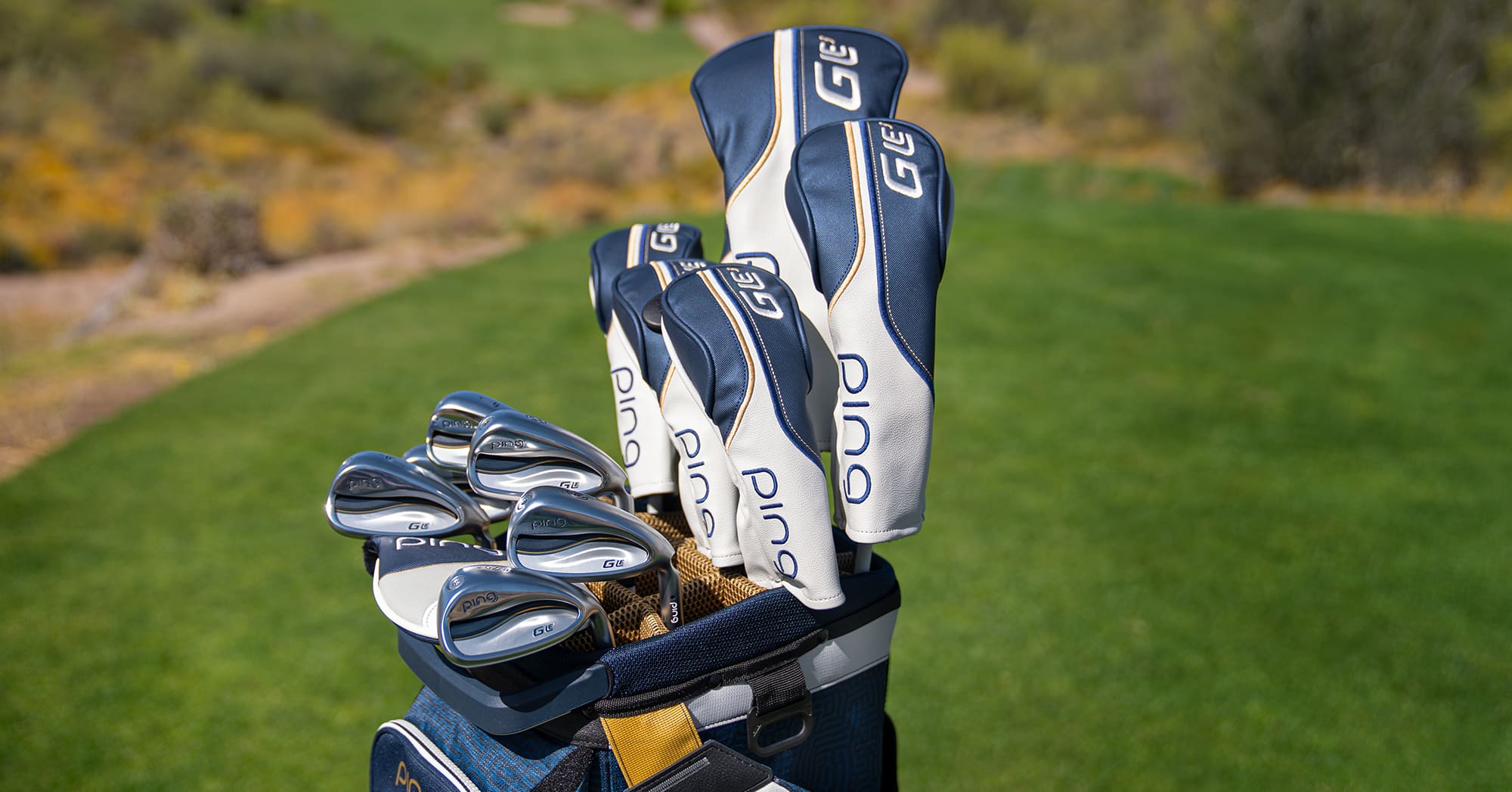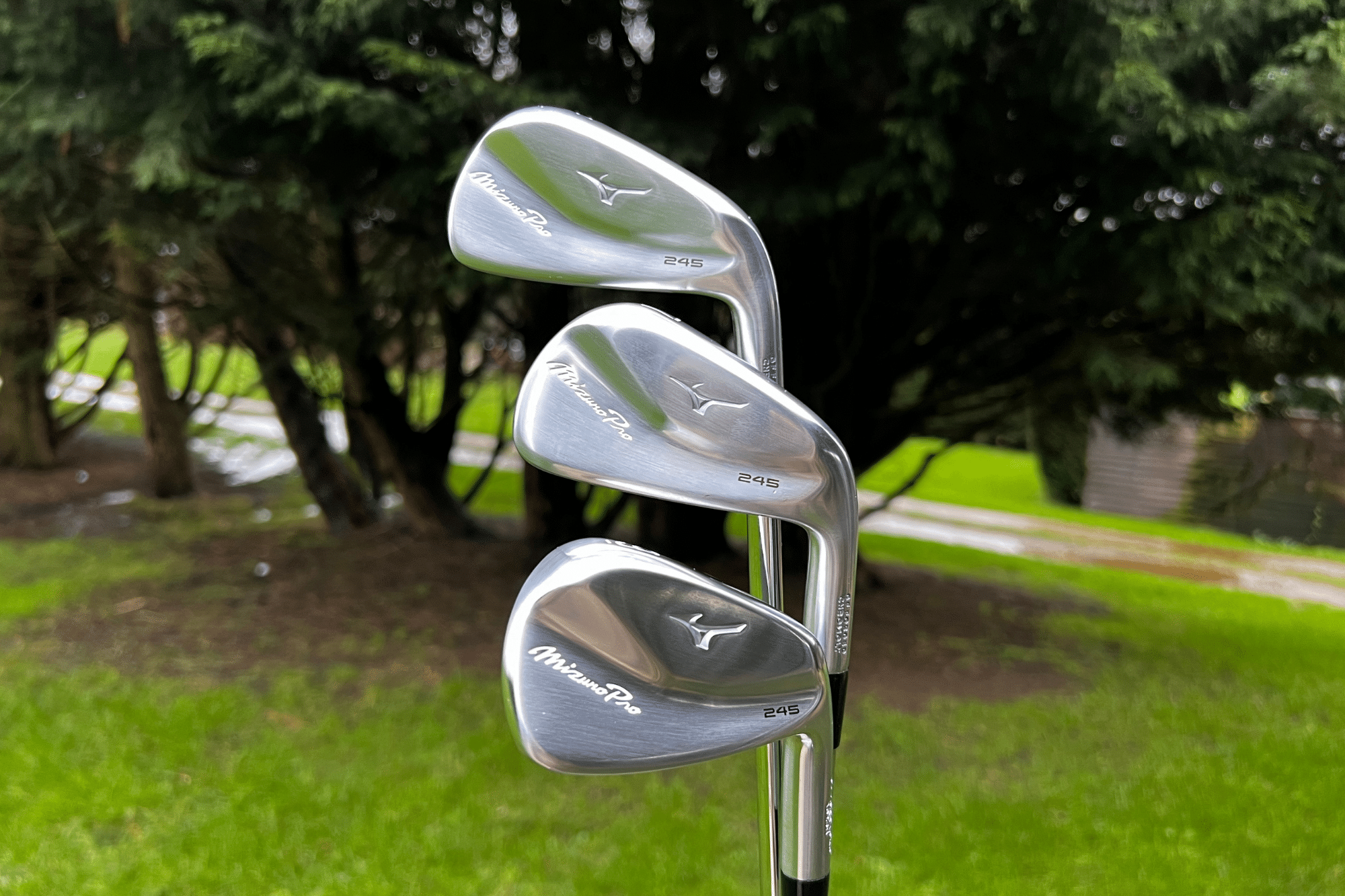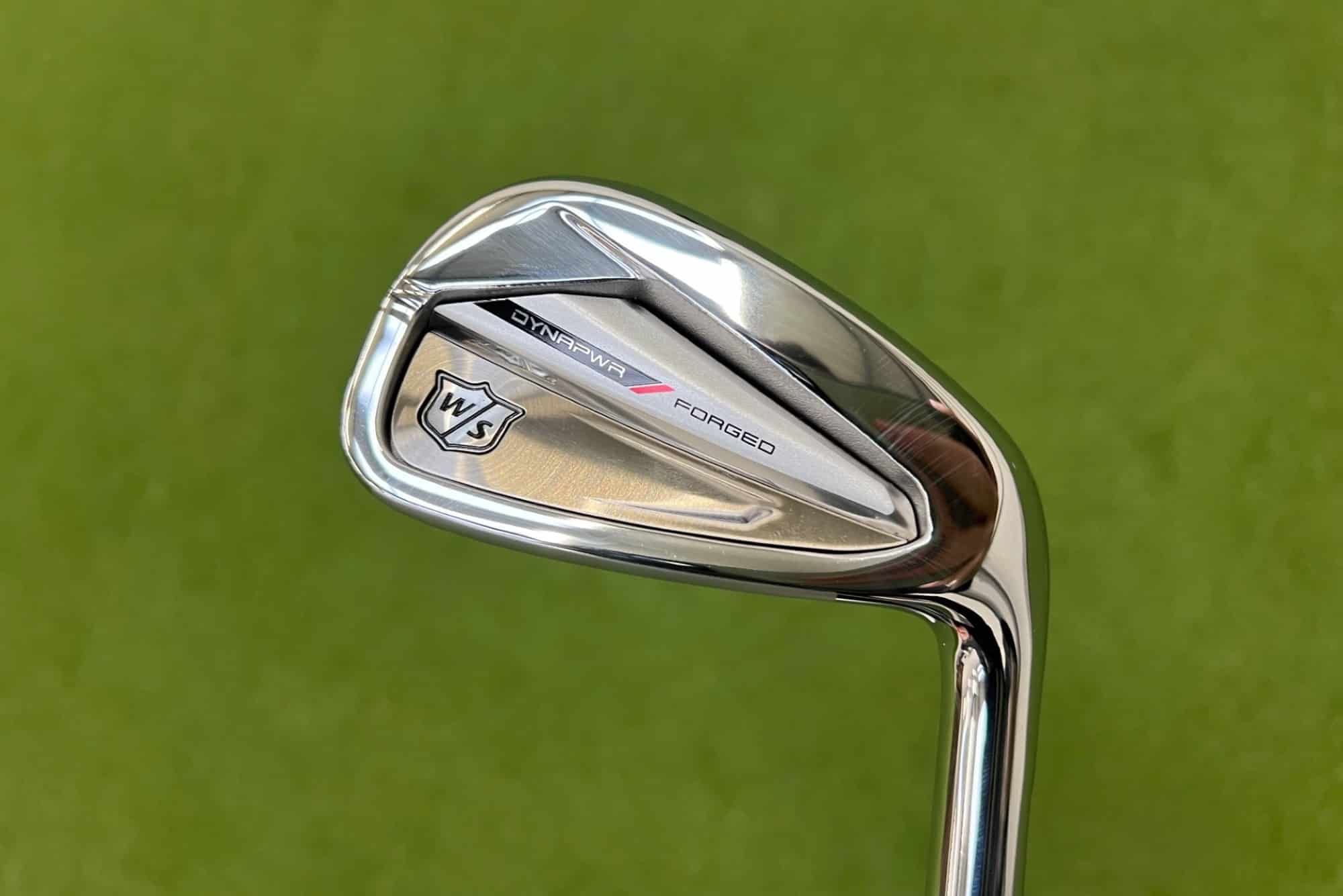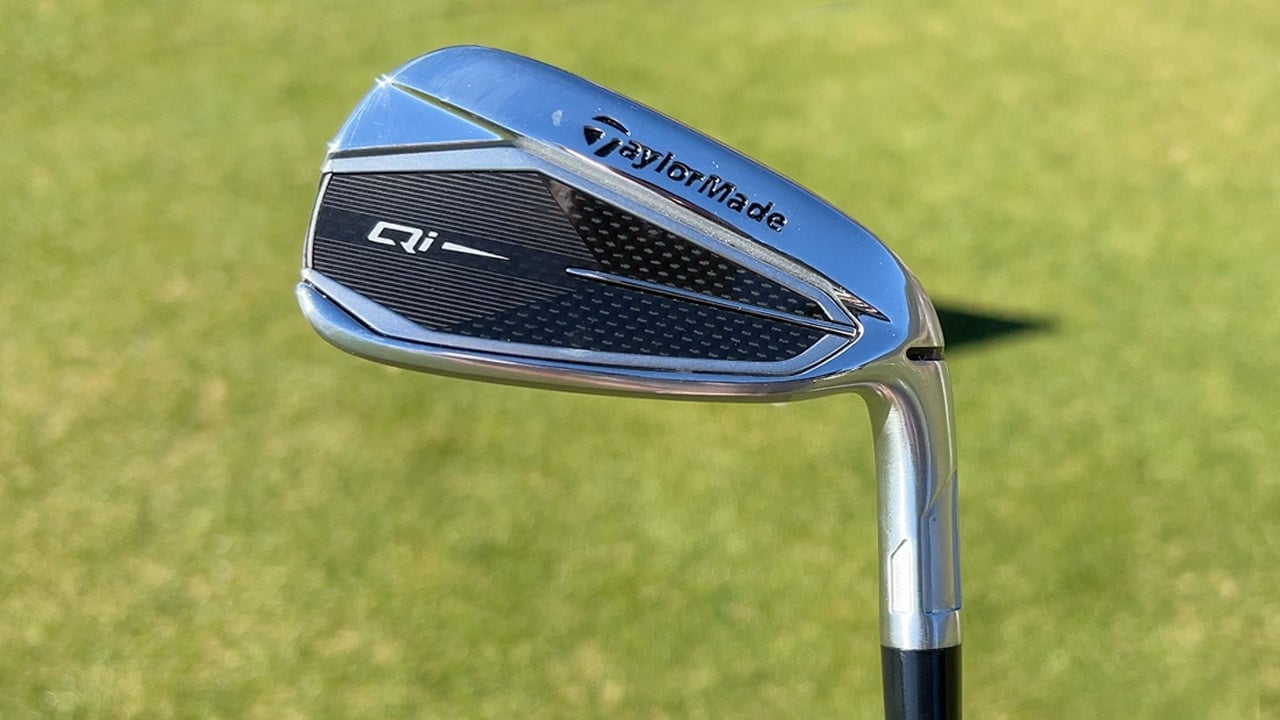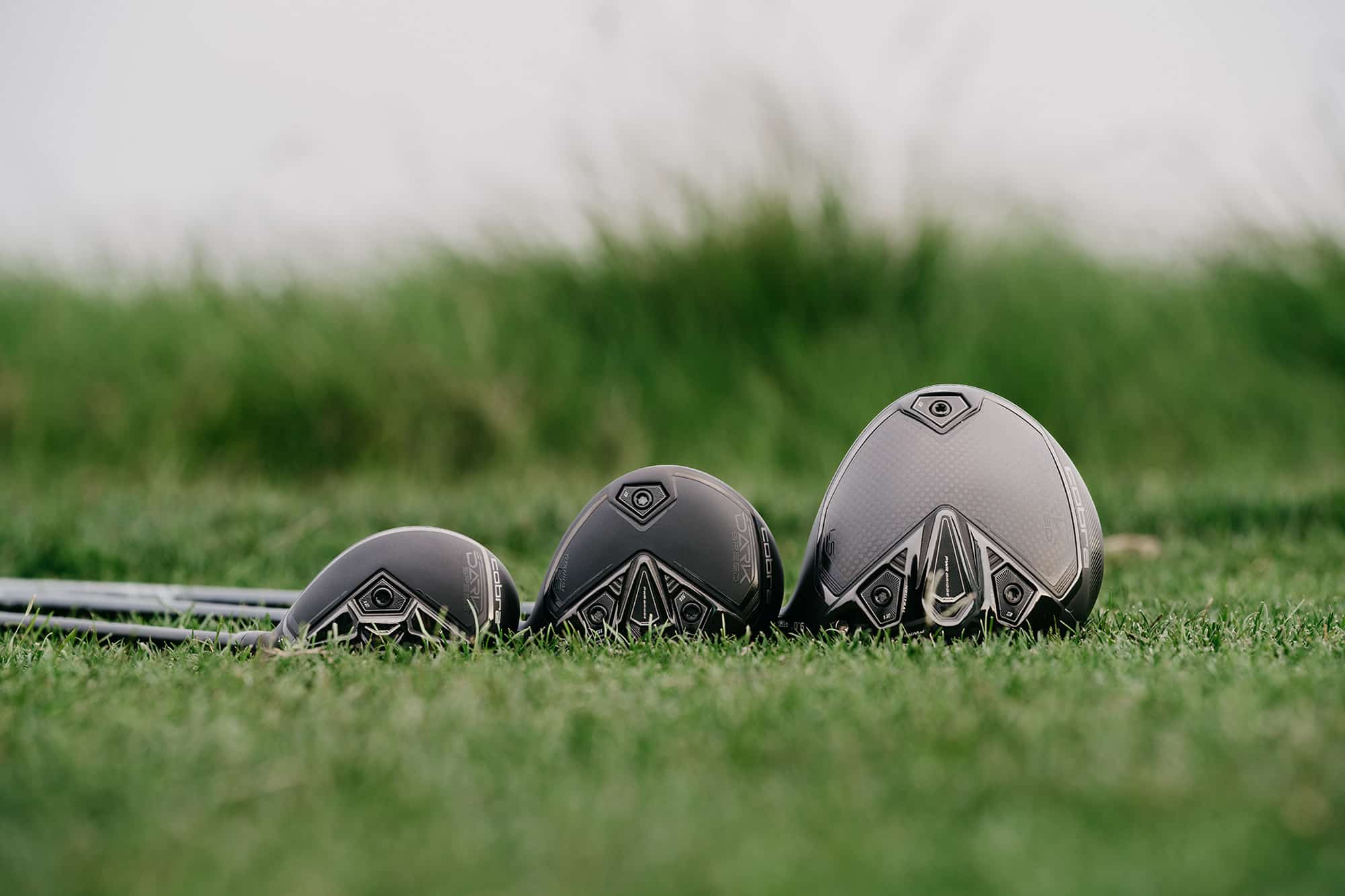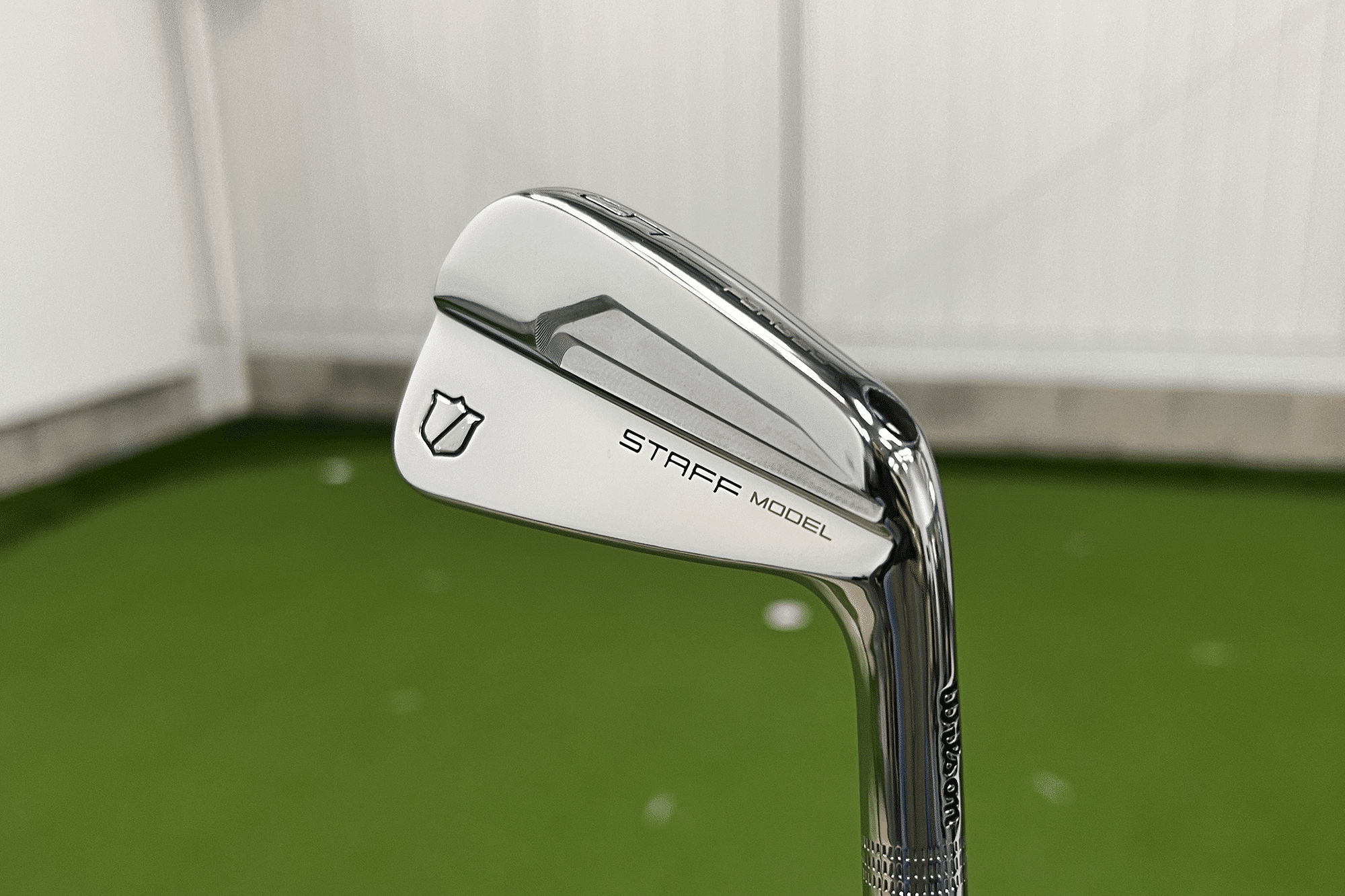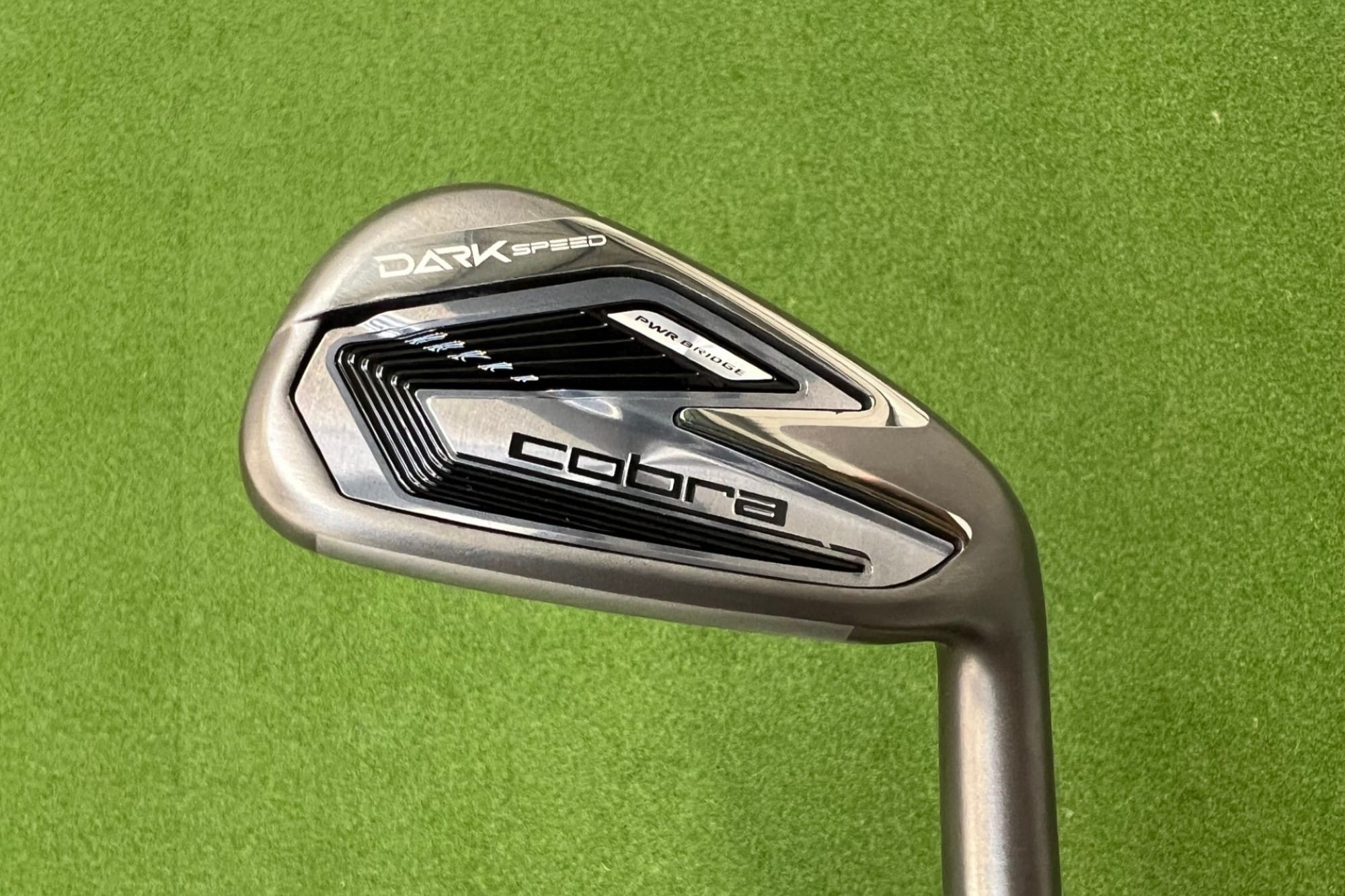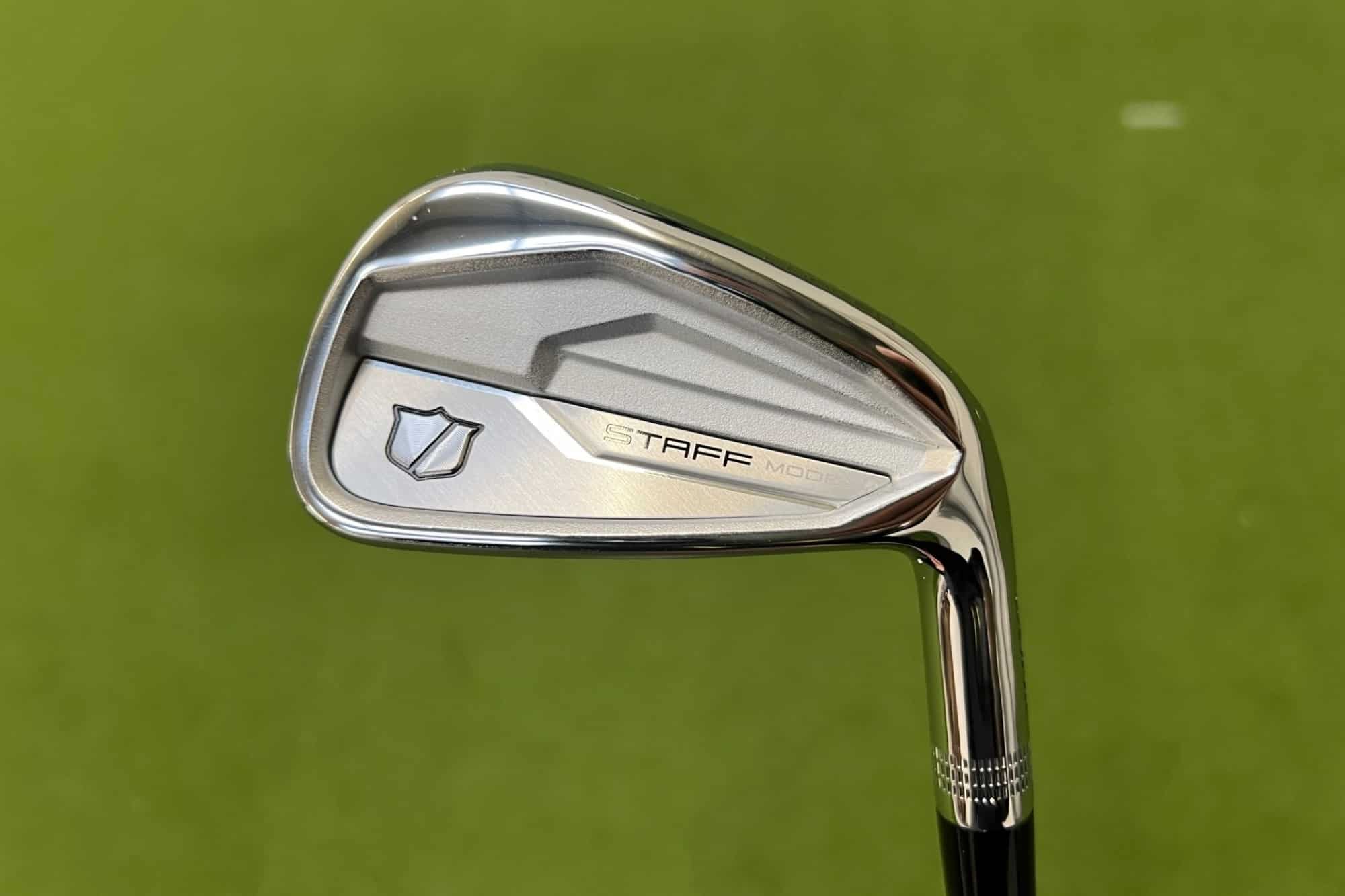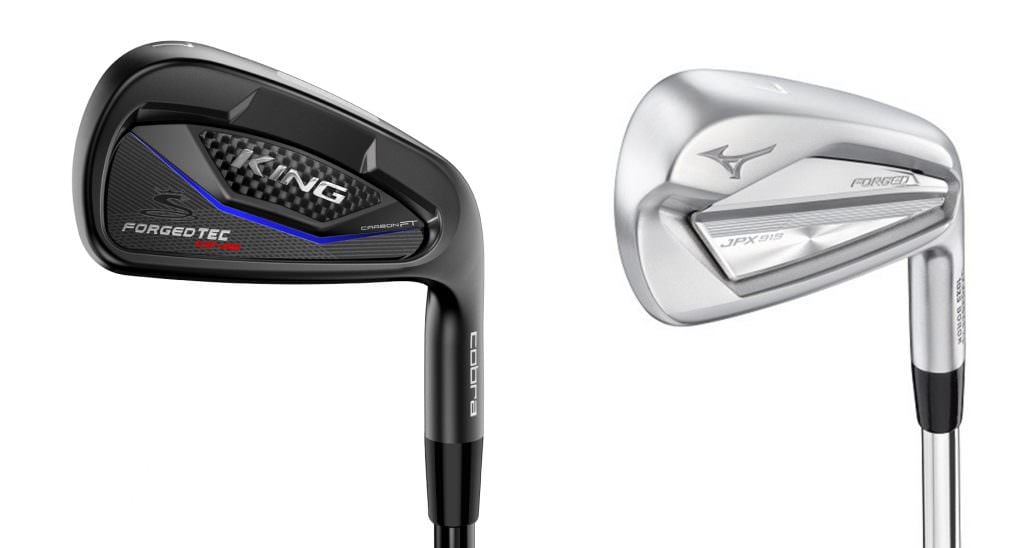
Single length vs. variable length irons: The ultimate test
My single length vs. variable length irons test has taken place over the last eight months.
I first switched into the Cobra One Length irons at the start of the 2018 season and have been continually comparing the performance against variable length irons.
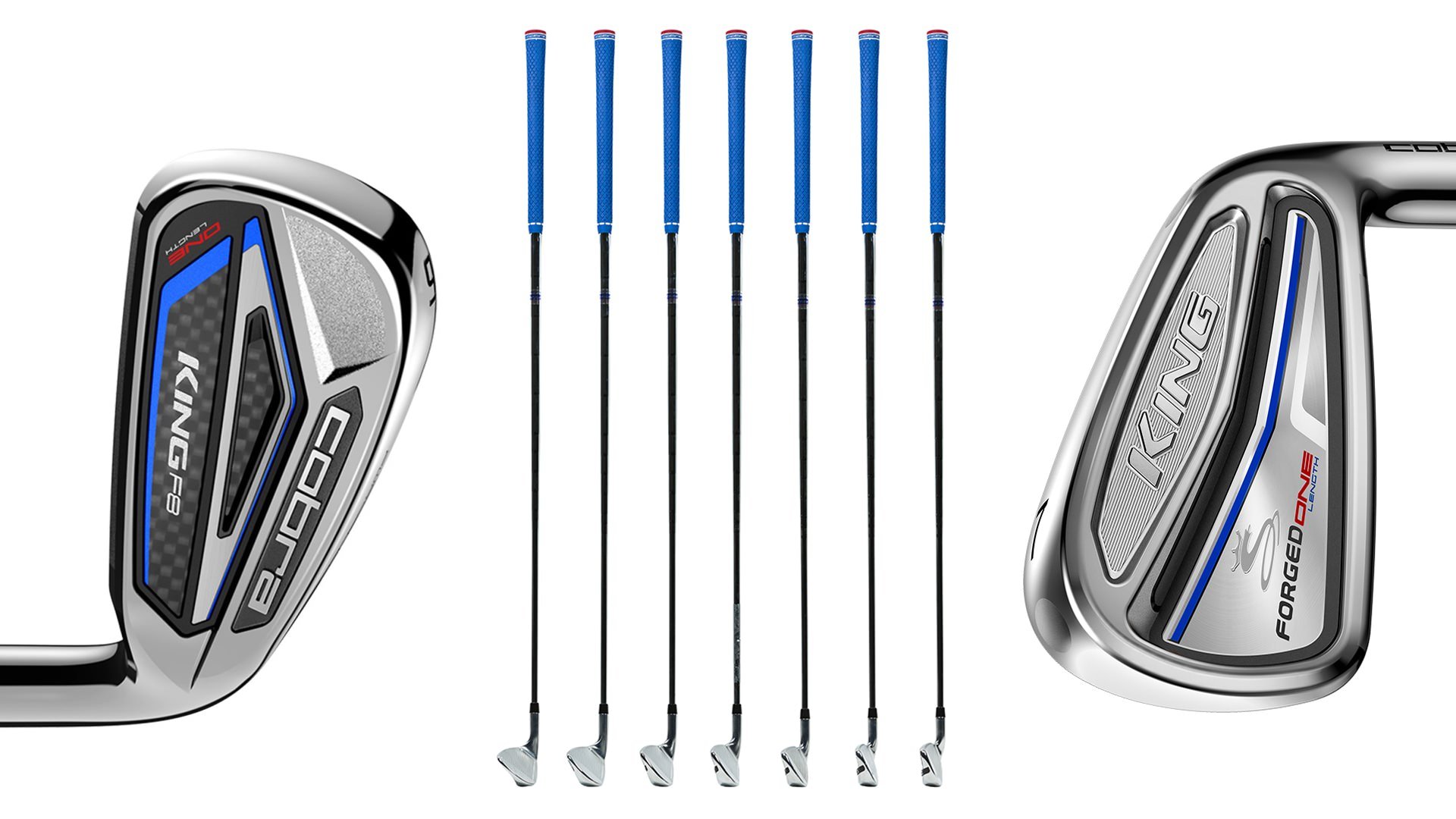
But as we reached the end of the season I wanted to do a bit more in-depth launch monitor comparison testing, using a SkyTrak, to go alongside the vast on-course testing I had done.
We also visited Leicester Golf Centre recently to test using their Toptracer technology using functions like their nearest the pin and course simulator games.
So let’s find out what the actual difference is between the two and whether or not I will continue using single length or switch back to variable…
Single length vs. variable length irons: The methodology
So I had been using the Cobra Forged One irons pretty much for all of the 2018 season.
Towards the end I made a switch into their Forged Tec Black One irons so see if they offered me a little bit more forgiveness. The results were inconclusive but I stuck with the Forged Tec for the sake of using something brand new as much as anything else.
But I’m a big fan of Mizuno irons and recently got fitted into a set of JPX919 Forged following a visit to their new Tour Performance Centre at Bearwood Lakes.
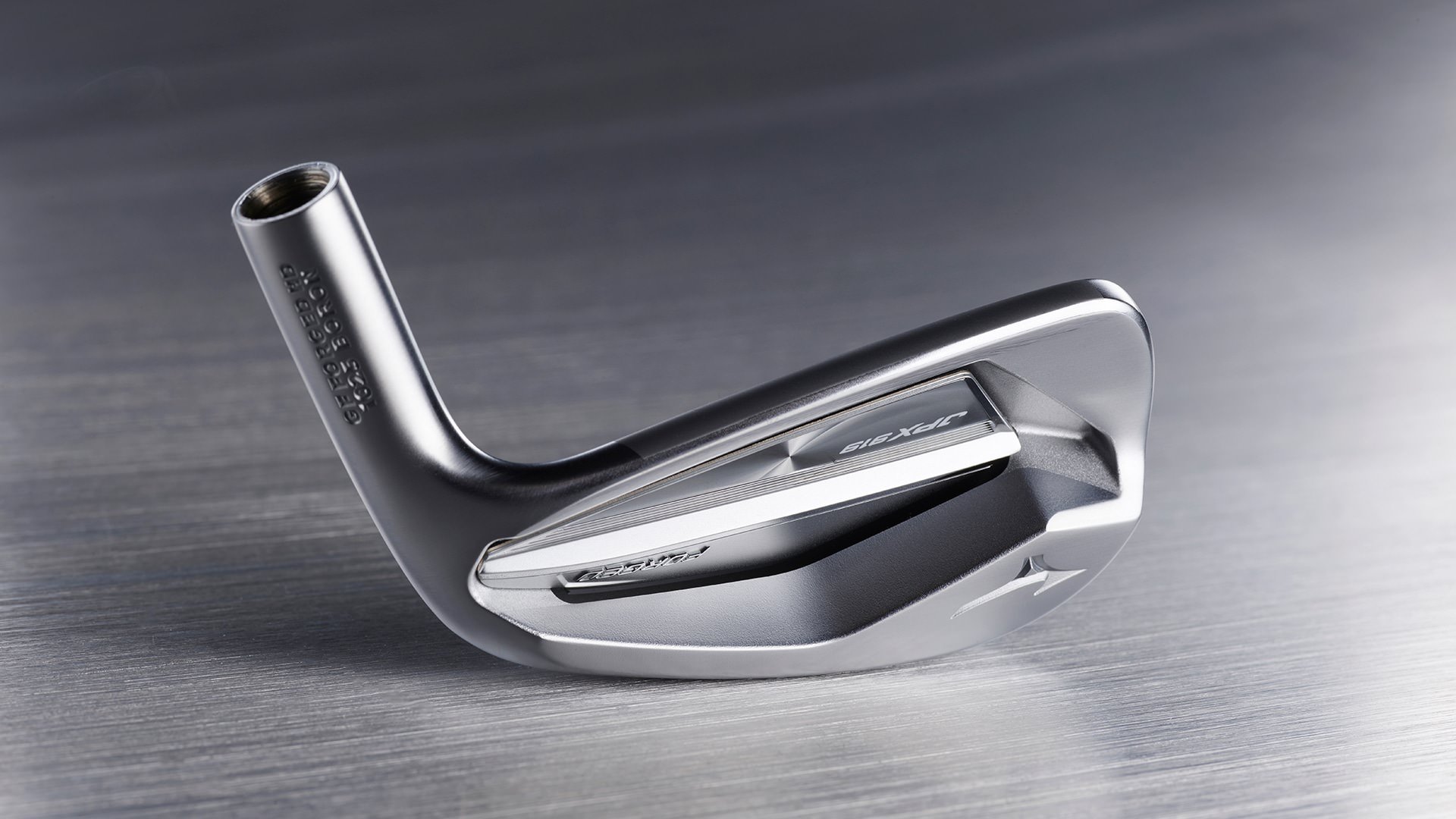
And I was fitted into the exact same shaft (True Temper AMT White S300) as I have been using in the Cobra Forged Tec so it gave me the opportunity to put together a detailed comparison.
I was primarily focussed on gapping so gathered a lot of data on the SkyTrak launch monitor hitting the 9, 7 and 5-iron.
Ideally I would get a nice, consistent 20-yard gap between those three clubs.
Single length vs. variable length irons: The technology
So the Cobra One Length irons all have a shaft the length of a 7-iron.
But the heads are weighted accordingly to get the right swing weights and add a bit of ball speed in the longer irons.
The theory though is largely based on getting a more consistent strike.
If you are able to strike your 5-iron out of the middle more often, you will see a better average carry compared to a variable length 5-iron where you may hit, say, one in four shots out of the middle.
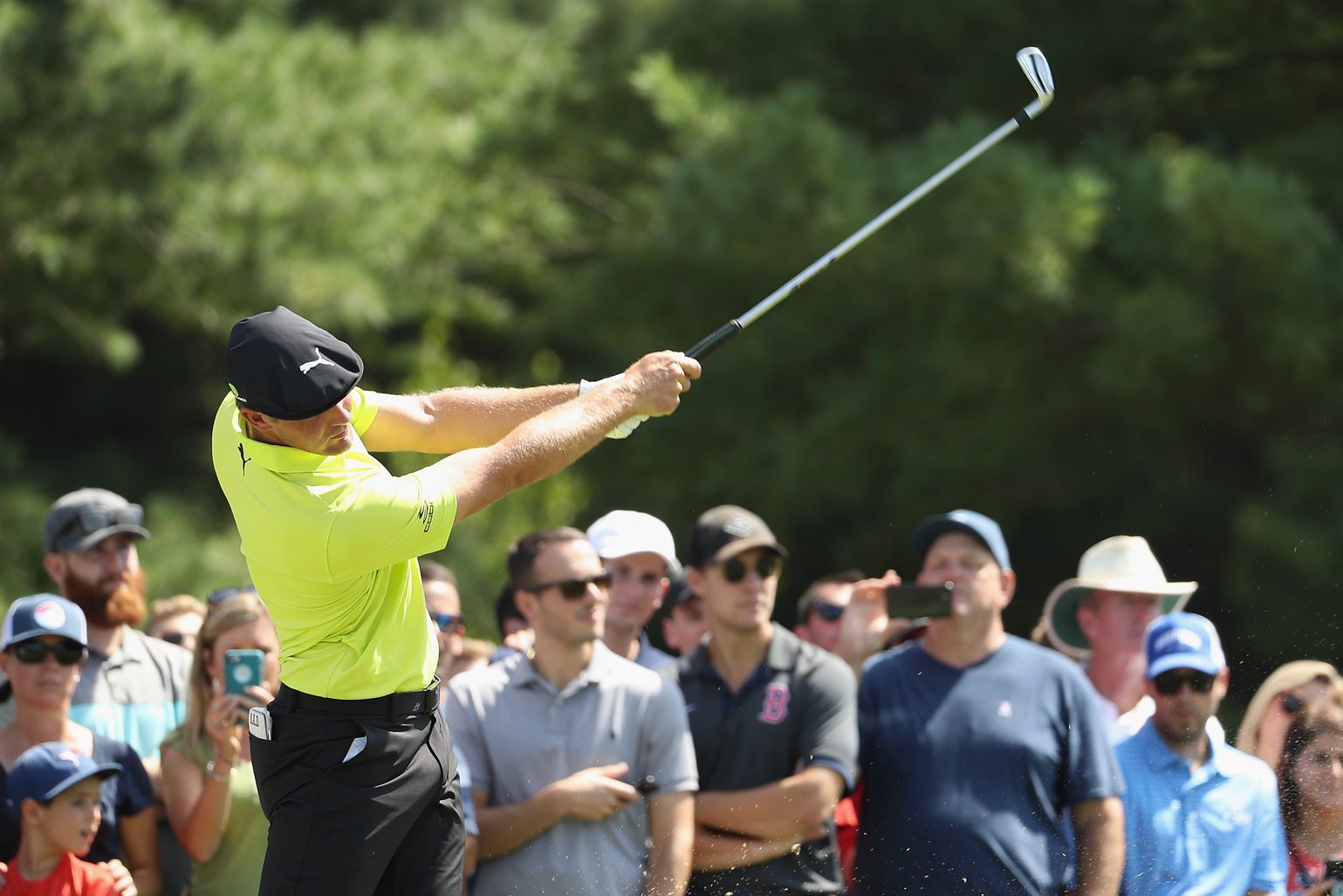
With each shaft the length of a 7-iron Cobra say you can take the same set-up and make the same swing for each of your irons – again to improve consistency of strike.
The theory with variable length irons is that the shafts are shorter in the short irons and longer in the long irons.
Longer irons have less loft therefore you need more swing speed to launch the ball in the air properly.
You want to be able to hit your long irons further than your short irons and a bit more swing speed will obviously help you do that.
With short irons being more about precision and accuracy, rather than distance, the shorter shaft can help add a bit more control.
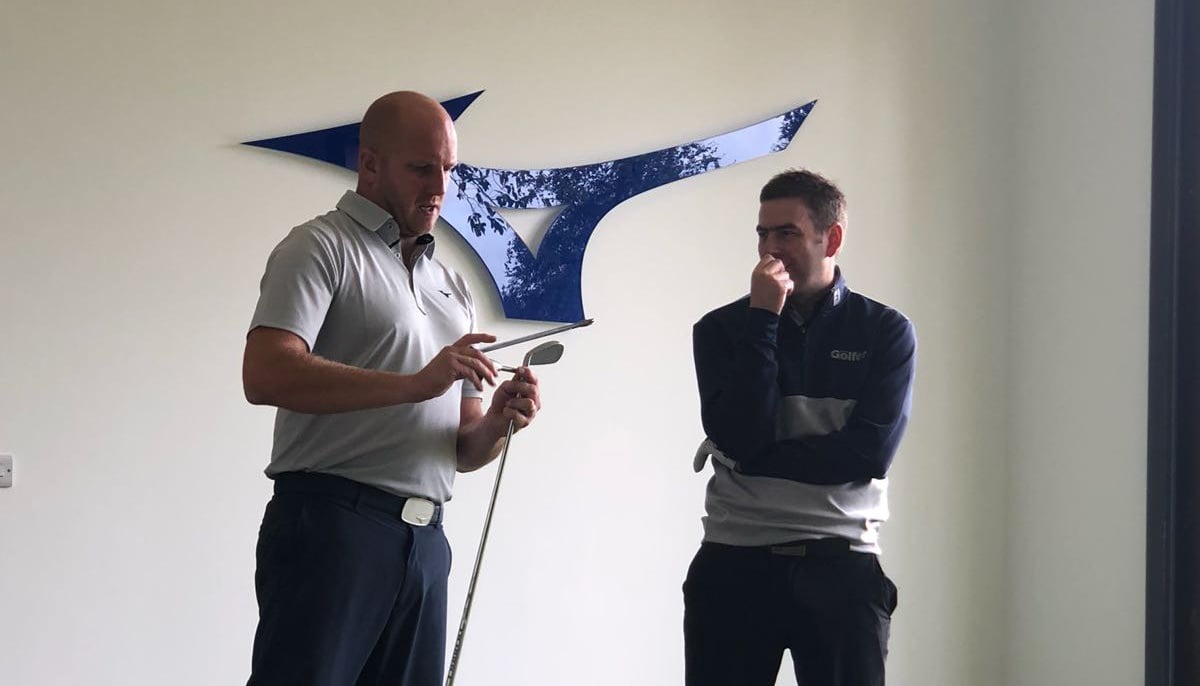
The shaft I was using for this test has something called ascending mass technology (AMT) which means the shafts are heavier in the shorter irons and lighter in the long irons.
Again, this is to help add a bit more speed to help launch those longer irons.
Single length vs. variable length irons: Pre-conceived ideas
Everyone thinks that the problem with the single length irons is that the short irons will go to far and the long irons won’t go far enough.
This is a reasonable assumption to make because there’s a good chance you will swing your shorter irons faster when using One Length irons.
This could result in a bit of added and unwanted distance.
And you would also expect to swing your longer irons slower which could result in a loss of distance.
So which irons actually worked best for our equipment editor? Find out on the next page…
[skylab_video id=”157728″]Single Length vs. Variable Length Irons: The Ultimate Test[/skylab_video]
James Savage
Former equipment editor of NCG. Inconsistent ball-striker and tea-maker.


